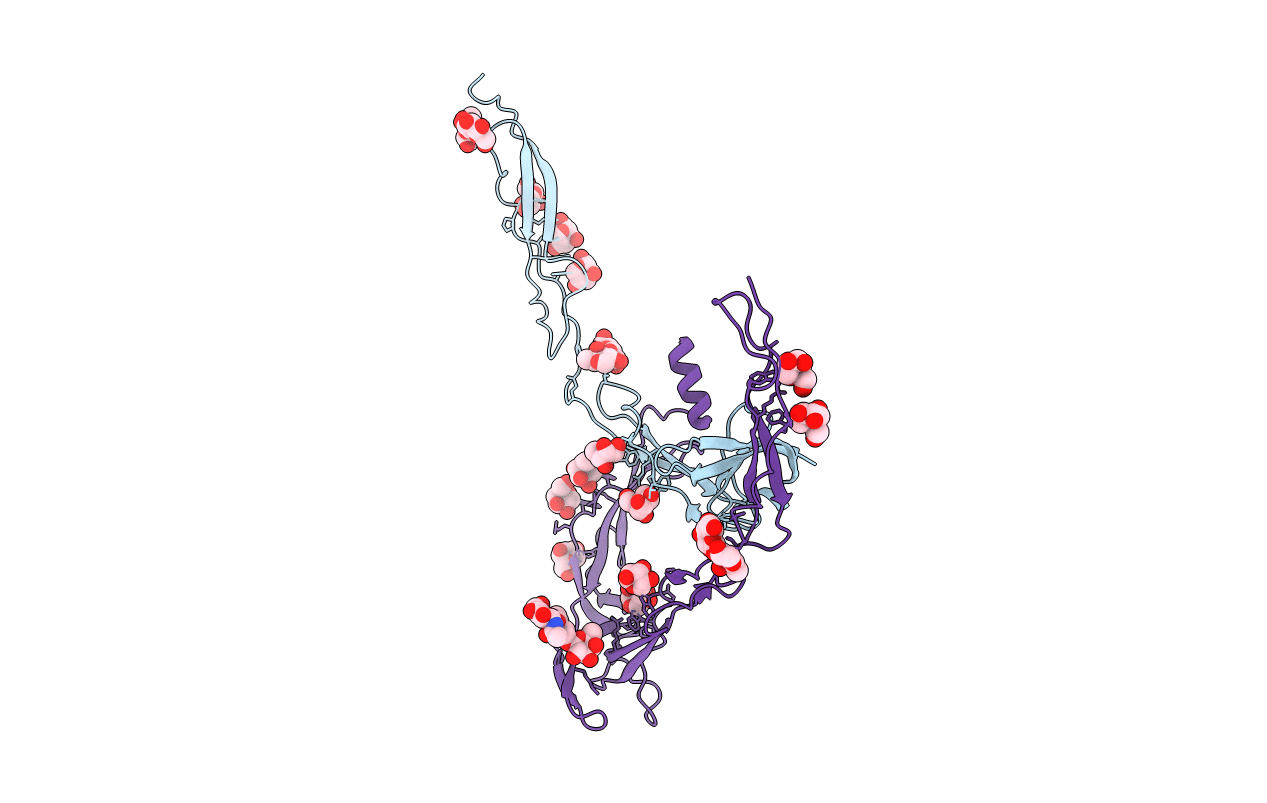
Deposition Date
2019-05-31
Release Date
2019-08-21
Last Version Date
2024-10-16
Entry Detail
PDB ID:
6RV6
Keywords:
Title:
Structure of properdin lacking TSR3 based on anomalous data
Biological Source:
Source Organism:
Homo sapiens (Taxon ID: 9606)
Host Organism:
Method Details:
Experimental Method:
Resolution:
3.51 Å
R-Value Free:
0.28
R-Value Work:
0.26
R-Value Observed:
0.26
Space Group:
I 41


